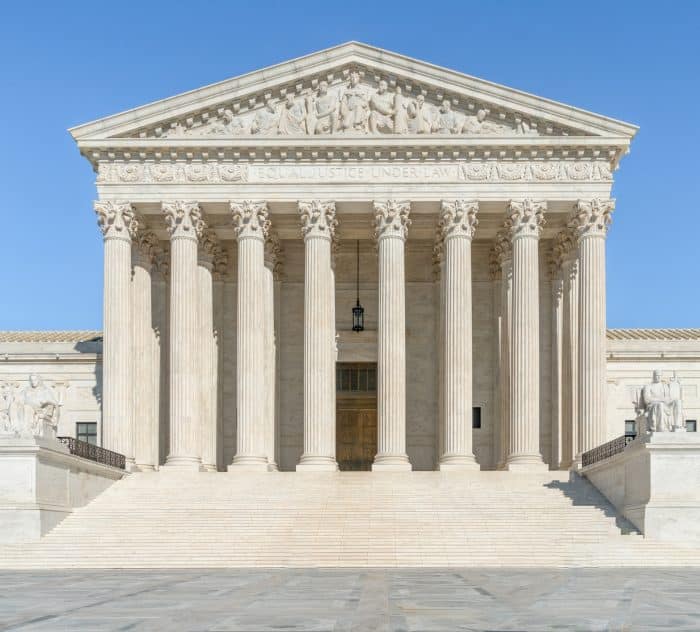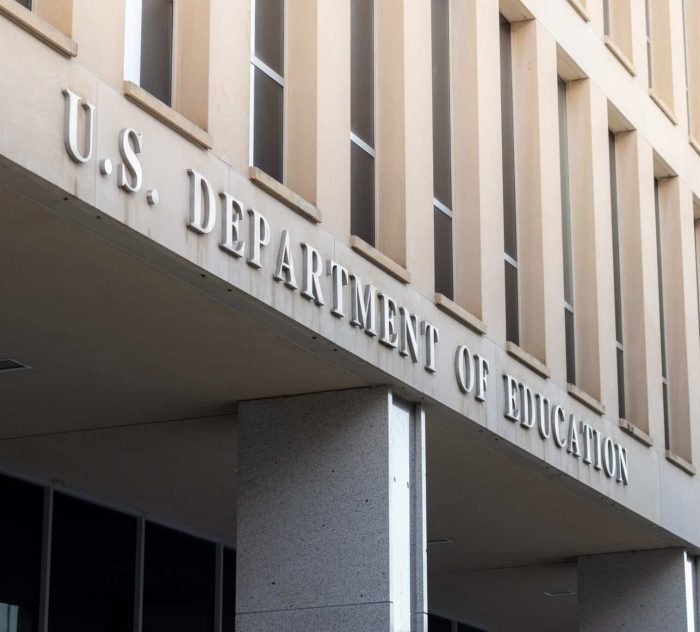Local educational agencies (LEAs), including North Carolina’s public school systems, are not subject to federal regulation, inspection, or enforcement by the Occupational Safety and Health Administration (OSHA). North Carolina’s public schools are, however, covered by, and subject to, North Carolina’s OSHA-approved state plan which encompasses most of OSHA’s standards.
Section 3(5) of the Occupational Safety and Health Act (29 U.S.C. 652(5)) defines “employer” for the purposes of federal jurisdiction of OSHA as “a person engaged in a business affecting commerce who has employees but does not include … any State or political subdivision of a State.” As a result, state and local governmental entities, including public schools, are not considered employers under the OSH Act and are not subject to federal regulation, inspection, or enforcement. Private schools, however, are considered employers under the Act and are subject to federal OSHA jurisdiction.
Section 18 of the Occupational Safety and Health Act allows states to establish their own state plans and preempt federal OSHA standards and enforcement. Approved state plans must be “at least as effective” as OSHA’s standards and enforcement. Importantly, approved state plans must provide coverage for state and local governmental entities as employers, including public school systems. North Carolina is one of 21 states which have OSHA-approved state plans. Further, North Carolina has specifically adopted OSHA’s standards for safety and enforcement. Therefore, OSH-NC has the jurisdiction to regulate, inspect, and enforce occupational safety and health standards throughout North Carolina’s public school system.
North Carolina General Statute 95-129 requires every employer, including school systems, to provide workplaces free from “recognized hazards that are causing or are likely to cause death or serious injury.” In addition to this “General Duty” provision, the standards adopted by OSH-NC impose specific requirements on school systems, including:
- Mandatory safety training for all personnel upon initial hire, upon change in job assignment, or upon the occurrence of an accident.
- Development and use of written Safety Plans which include an Emergency Action Plan (EAP), a Fire Prevention Plan (FPP), and an Exposure Control Plan.
- Compliance with Hazard Communication standards requiring proper labeling of chemicals, the provision of material safety data sheets, and the training of employees on the handling of hazardous materials.
- Compliance with Recordkeeping requirements recording of work-related injuries and illnesses.
- Compliance with specific standards relevant to school personnel, including: walking and working surfaces, personal protective equipment (PPE), lockout/tagout procedures, electrical safety, and first aid.
School systems should regularly review their written safety plans and protocols with legal counsel to make certain OSH-NC standards, and other health and safety requirements, are being properly addressed.



